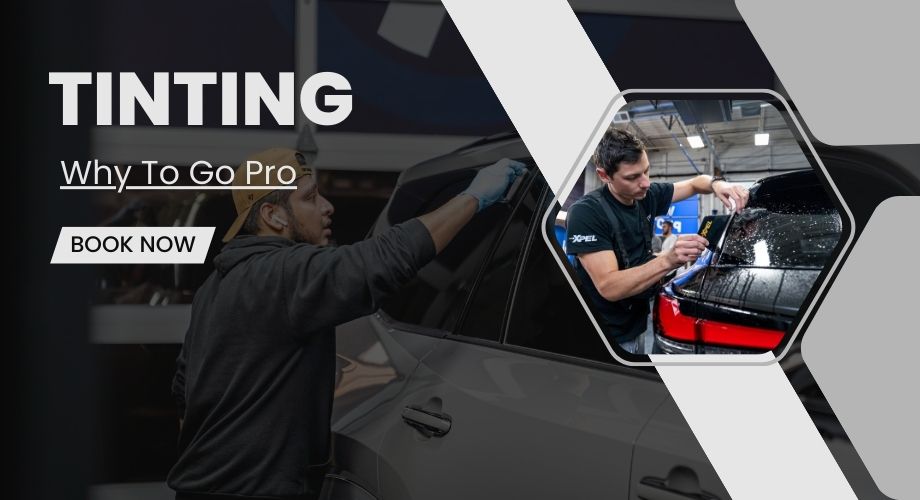


































































































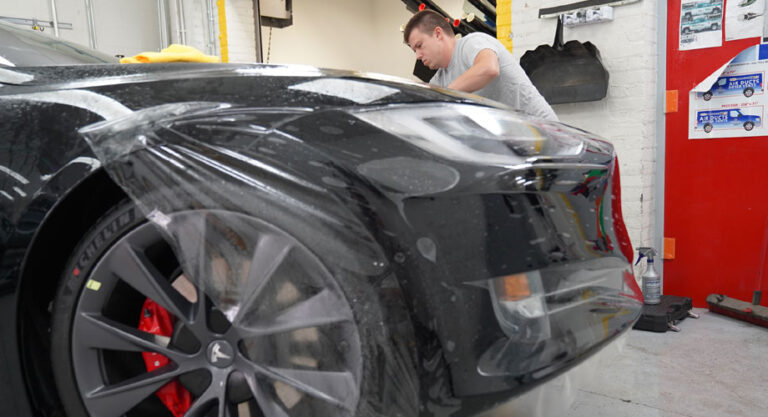
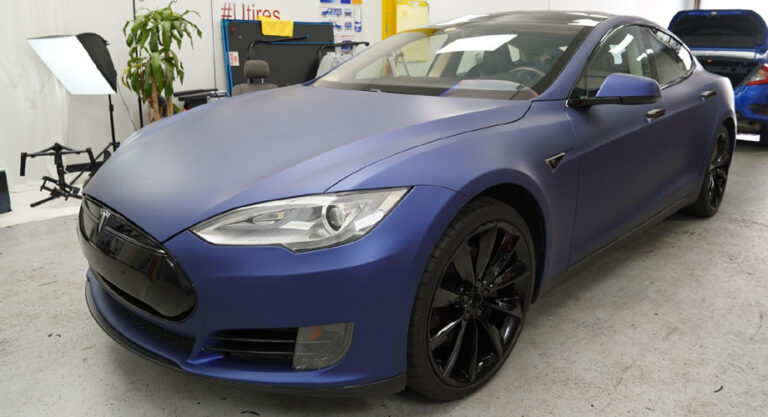

















































































































Drive with Style: Colored Automotive Films
Today, manufacturers add a basic layer of window tint to all vehicles they produce. However, car window tinting remains one of the most widely spread car tuning procedures. The application of aftermarket tint to a vehicle is a popular choice for many car owners who want to personalize their ride. Beyond the basic factory tint, you can select the shade, color, and placement of the window tint to suit your preferences. The modern market offers a lot of films for this purpose.
Professional-grade tinting products come with numerous benefits. Tinting not only enhances the style of your car, making it stand out on the road, but also provides privacy and security. Additionally, high-quality tinting shields against harmful UV rays, preserving your car’s interior and reducing sun glare, making driving more comfortable and safer. In the list of available options, colored window tint is the most affordable variant. However, its functionality is inferior to more advanced tinting films.

What is a colored window tint?
Dyed window tints represent a budget-friendly option for car owners seeking to enhance their vehicle’s style and functionality. These tints are crafted by infusing a layer of dye between the adhesive and polyester film, allowing for a range of vibrant colors and shades. While dyed tints can provide some heat rejection by absorbing solar energy, they have a much shorter lifespan compared to other tinting solutions. Moreover, they may not offer the same level of infrared (IR) and ultraviolet (UV) protection as more advanced tints.
Dyed window tints – a wide spectrum of colors
The main benefit of dyed window film is its rich palette of colors. Experts will find color to ideally match it to your car. This approach creates the illusion of a smooth fusion of the glass with the car body. Visually, the shape of your car will become more streamlined, and its color will become more saturated. In addition, the interior will acquire a spectacular shade, when the sunlight passes through the tinted glass. However, it’s crucial to note that some US states prohibit certain colors like red, blue, and amber for window tinting purposes. To ensure compliance with local regulations, check which colored window films are permitted in your state.
The most popular colors of dyed car window tints include charcoal, black, gray, bronze, and gold. Among these, charcoal and black are most often used thanks to their versatility and classic appearance. These colors complement various car exteriors and provide a sleek, uniform look.
Pros and cons of colored window tint
For most car, truck, and SUV owners seeking to enhance their vehicle’s appearance, colored automotive films seem the go-to choice. These films come in virtually all possible colors and shades.
If your primary focus is solely on improving aesthetics, and you’re not overly concerned about durability or warranties, it can be a workable solution. Still, it is better to learn all the advantages and disadvantages of this option.
Key benefits of dyed window tint film include:
- Privacy. You can decide on VLT percentage when selecting the car window tint. VLT is a degree of film shade. In simple words, it is the amount of light the film transmits. If you choose 70% window tinting shades, 30% of the light will be blocked. So, you can regulate the level of privacy you want for your vehicle.
- Visual appeal. Dyed window tints offer a unique appearance, enhancing your car’s overall look.
- Affordability. Dyed window tints are typically the cheapest option when compared to other types of window films.
- Glare reduction. Colored tints can block some amount of sunlight and headlights, increasing visibility during driving, though other products cope with it much better.
However, dyed window tint films have also drawbacks:
- Insufficient heat rejection. Dyed window tints offer much less heat rejection compared to ceramic, carbon, or metalized films, potentially leading to a warmer car interior on sunny days.
- Poor UV protection. Dyed window tints generally provide insufficient UV protection. It can lead to interior fading and harm your skin and eyes.
- Fading over time. These tints cannot be considered resistant to fading. If you drive in sunny areas, the film will inevitably lose its original color.
- Low durability. Dyed window tints tend to be less resilient than other types of window films, increasing the likelihood of bubbling, peeling, or discoloration over time.
If you still decide to experiment with this type of window tinting, do not do it on your own. For optimal results and compliance with local regulations, it is crucial to have tinting installed by professionals. Given the variations in tinting laws across jurisdictions concerning darkness and reflectivity, consulting local authorities and experts is highly recommended.
our latest news!
Alternatives to dyed window tints
Dyed window tint is one of the most popular options but not the most effective one. There are several other tinting products to consider, each offering its own unique characteristics and benefits. Here are some of the most common types:
- Metallic window tint. This film contains embedded metallic particles that help reflect heat away from the vehicle, maintaining the interior cool. Metallic tint also provides added strength to the windows, making them more resistant to shattering in the event of an accident.
- Carbon window tint. Infused carbon particles offer superior heat rejection and UV protection compared to dyed tints. This film also provides a sleek, matte finish that enhances the appearance of the vehicle.
- Ceramic window tint. This is the most advanced and premium option available. It consists of ceramic particles that are embedded in the film, providing the highest protection level against UV rays and heat. Ceramic tint is also known for its clarity and color stability, making it a popular choice for high-end vehicles.
- Hybrid window tint. Hybrid window tint combines elements of different types of tint, such as dyed and metallic, to create a tint that offers the benefits of both.
Overall, it is important to consider your specific needs and preferences when choosing the right tint for your vehicle.
When is dyed car window tint an appropriate option?
Dyed car window tint is a solution for those seeking a cost-effective way to enhance their vehicle’s appearance and privacy. It is suitable for individuals who prioritize affordability and aesthetics over advanced heat rejection and UV protection. A dyed tint is also a viable option for those living in regions with milder climates where extreme heat and UV exposure are not significant concerns. However, remember to consider the trade-offs, such as the potential for fading and reduced longevity compared to other types of modern tint films.
Wrapping up
While price often plays a significant role when a car owner makes a decision regarding window tinting, it should not be the sole determining factor. Opting for dyed films based on their affordability may seem logical and attractive, but do not forget the long-term implications. Cheap options may result in the need for removal and re-tinting after a few years, increasing the cost in the long run. Investing in a quality film from the start ensures durability and reliability. Remember, prioritizing quality over initial cost guarantees peace of mind in the long term.
Why do dyed window films turn purple over time?
The dyed film, being rather inexpensive, can lead to a purple hue over time due to the fading of the red dye pigment in sunlight, leaving behind a mix of green and blue dyes that result in the distinctive purple tint.
Does dyed window tint offer UV protection?
While dyed window tint provides some level of UV protection, it is not as effective as other types of tint films like ceramic or carbon.
How long does dyed car window tint typically last?
Dyed car window tint generally has a shorter lifespan compared to other types of tint films, and it is around 2 years.
Can I install dyed window tint myself, or should I seek professional installation?
While you can always find DIY kits, it’s generally recommended to seek professional installation for optimal results.



























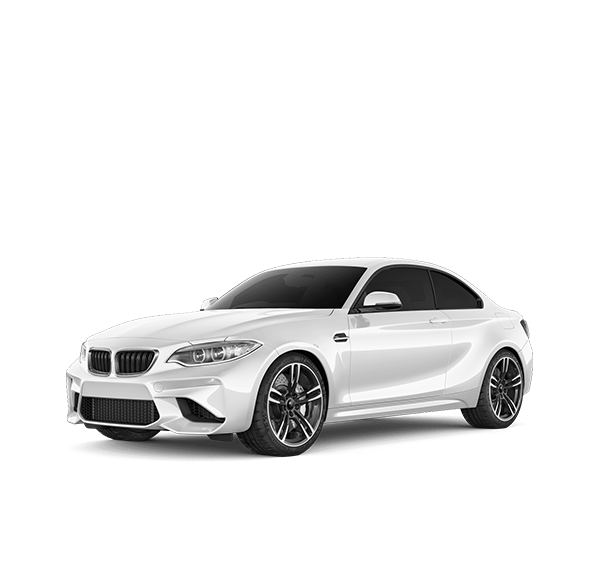
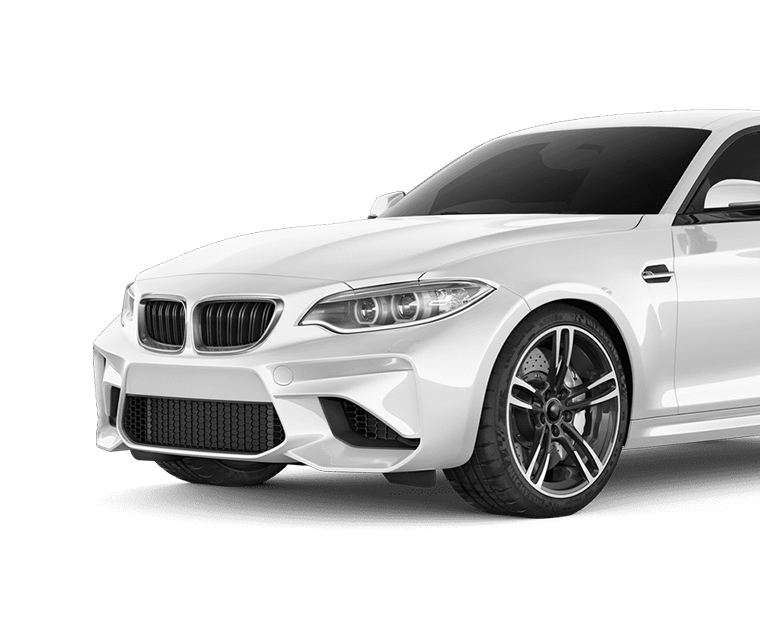
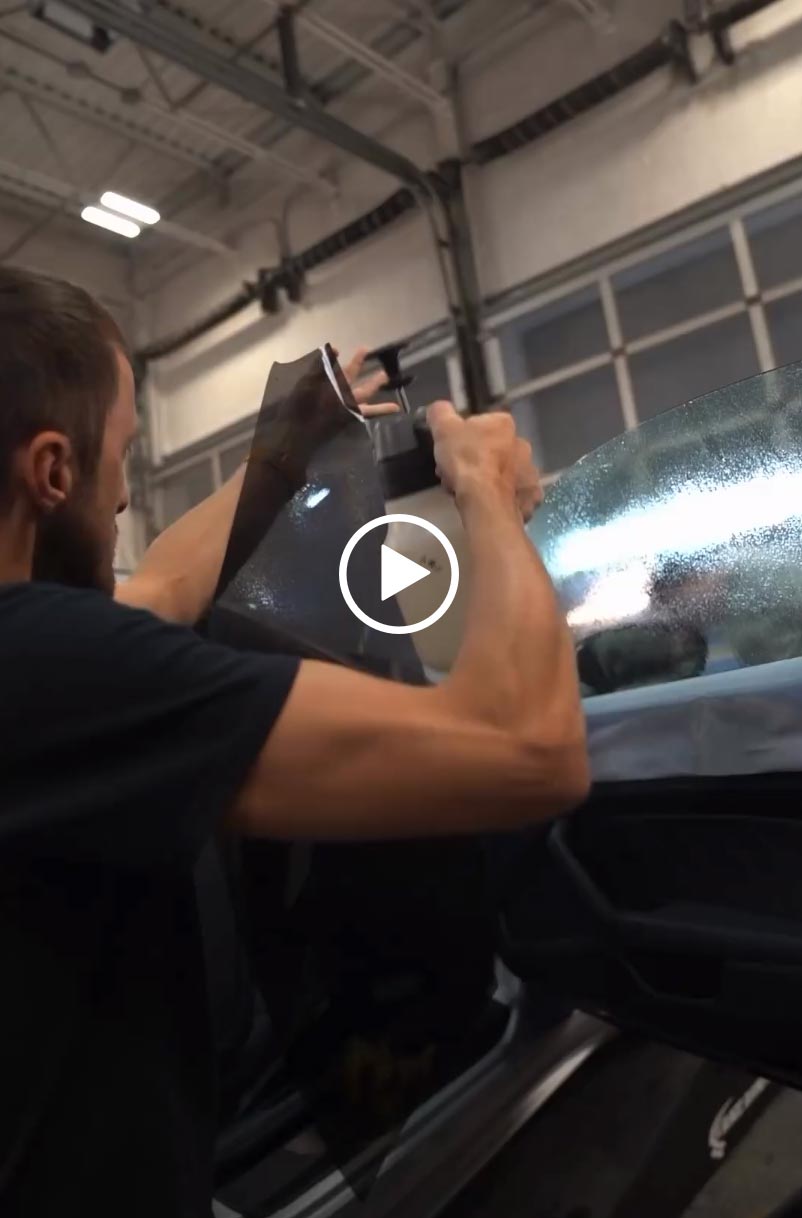
 Send a message
Send a message Send a message
Send a message